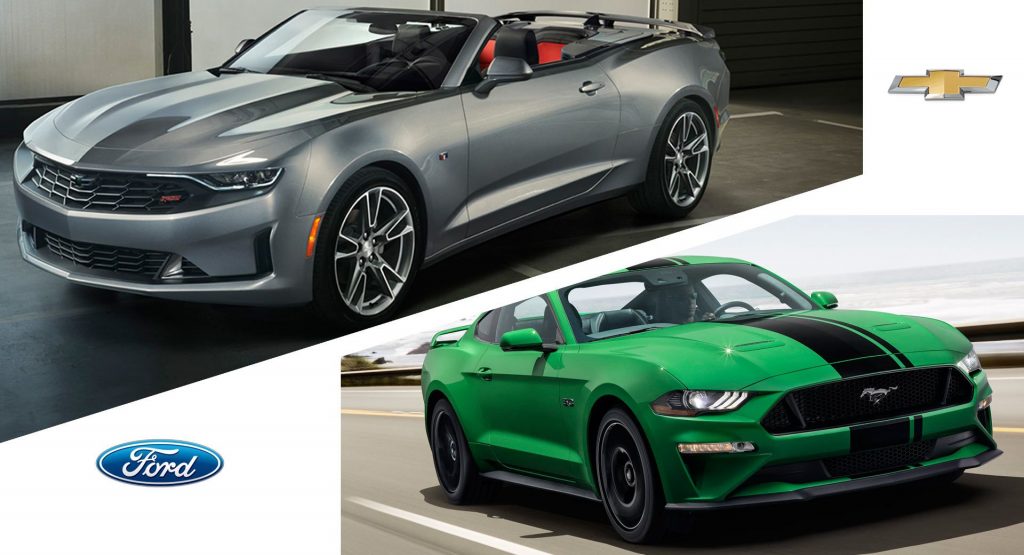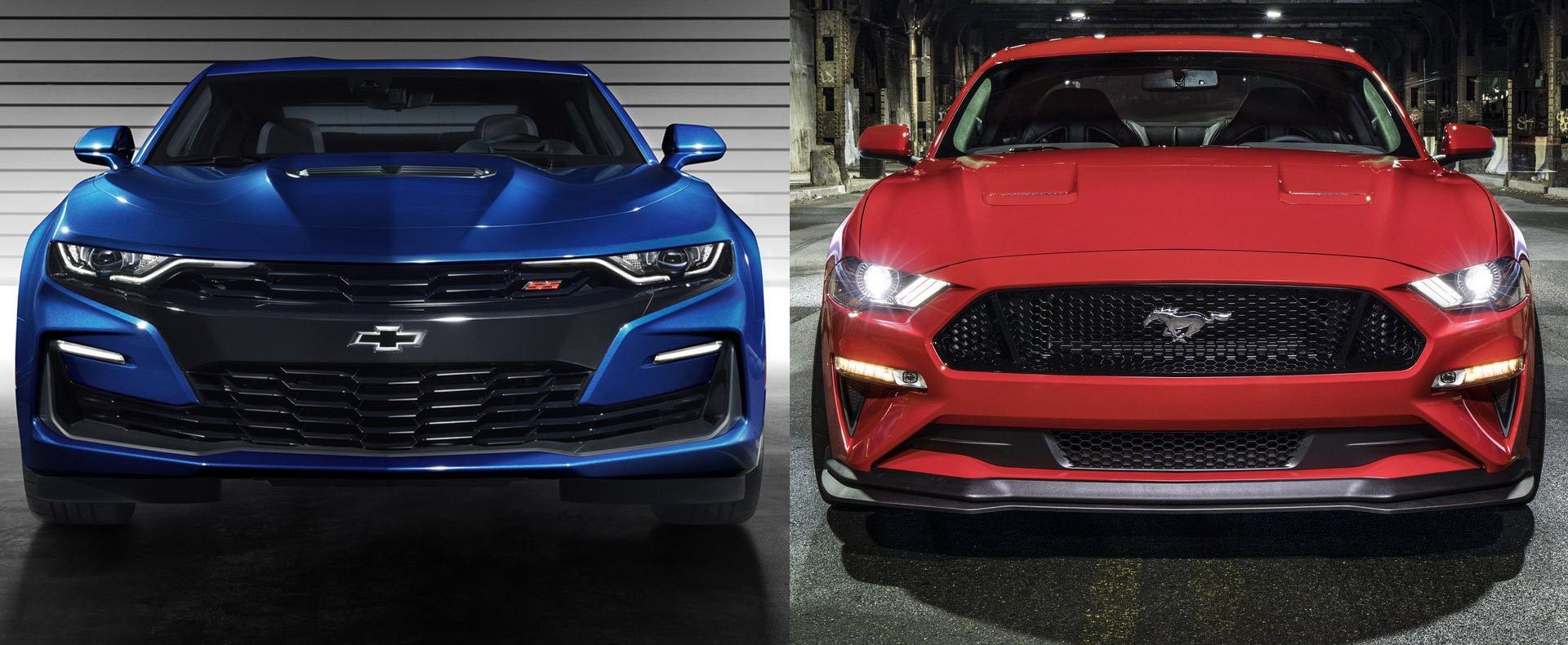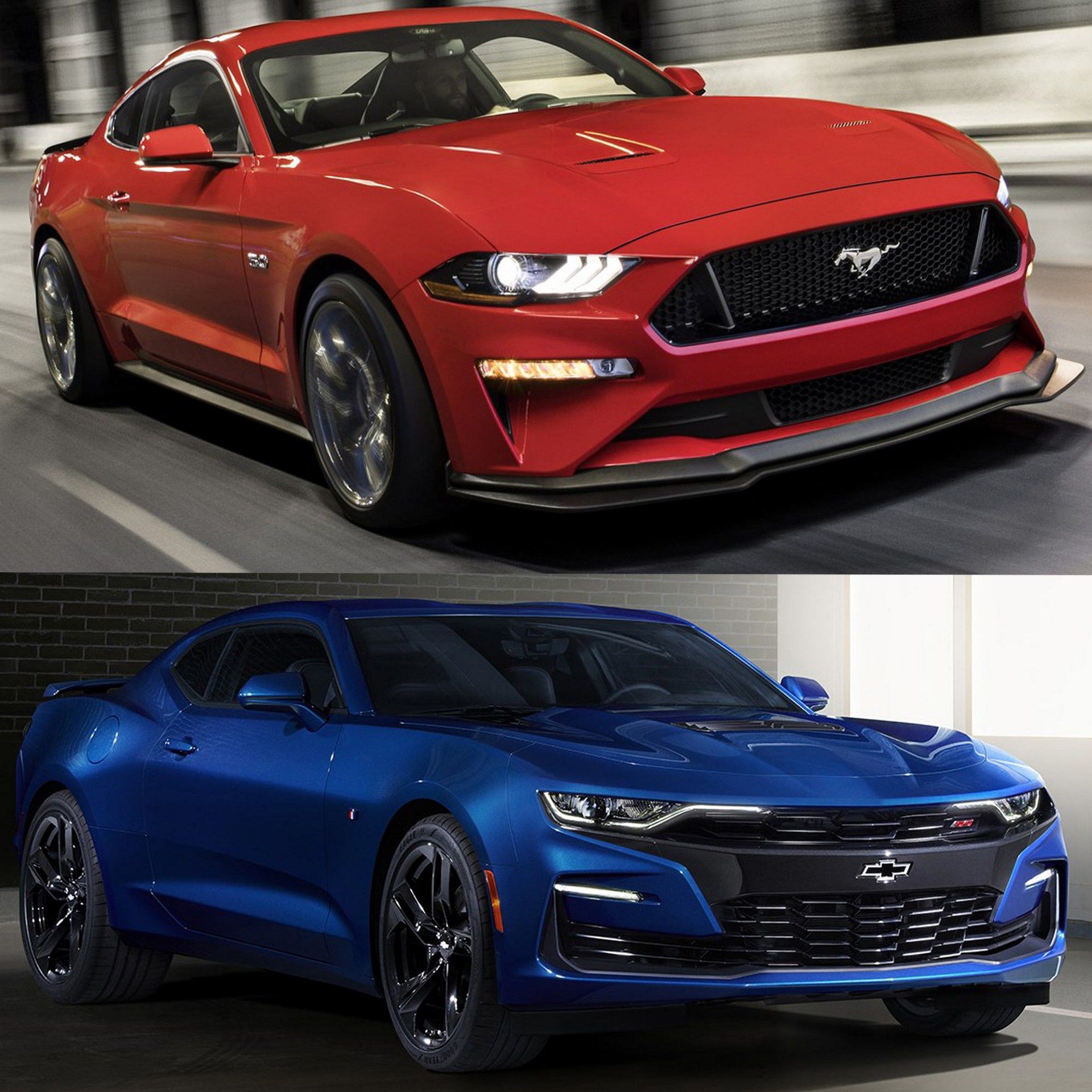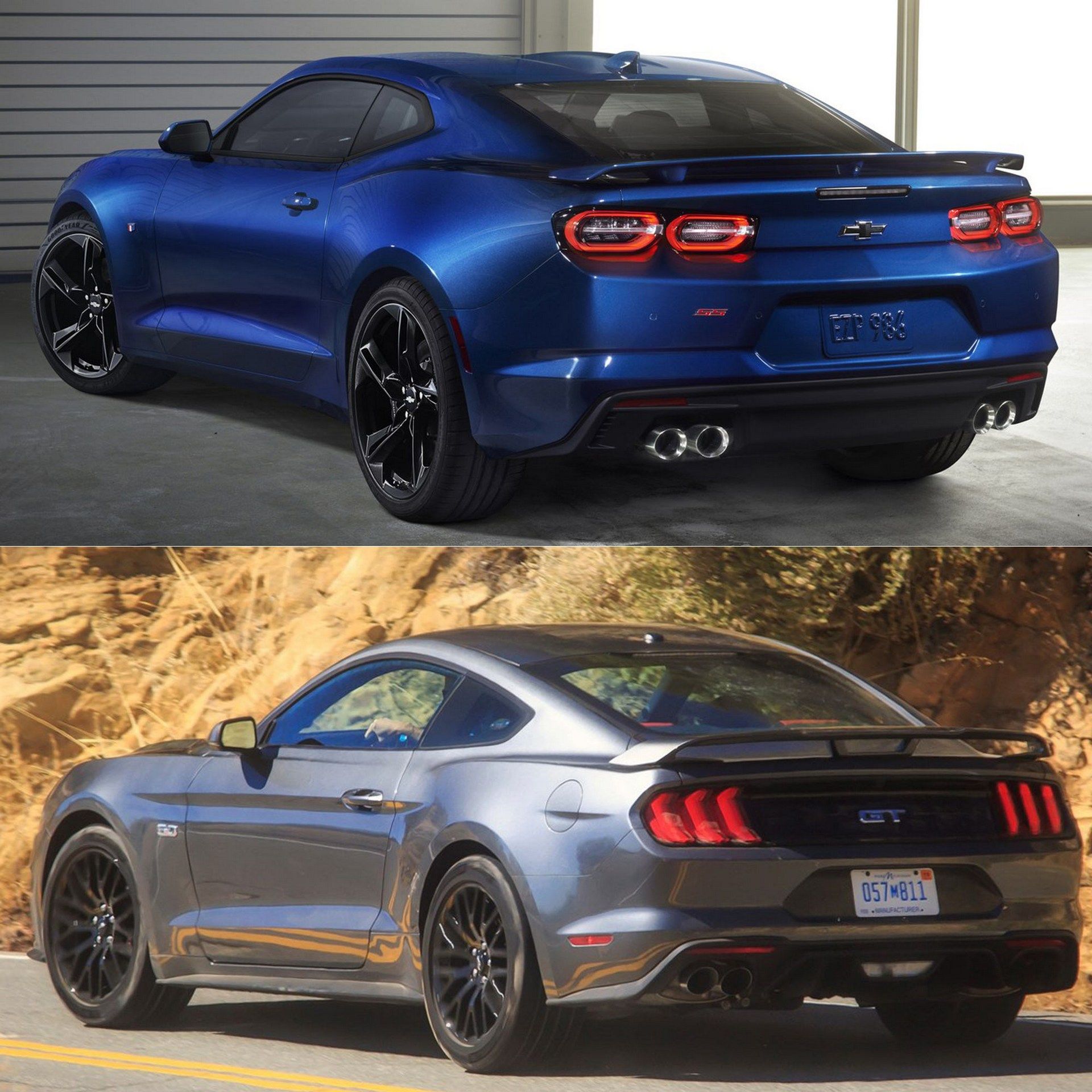The Chevrolet Camaro and Ford Mustang are bitter rivals but they have plenty in common. A quick check list reveals both are rear-wheel drive, both are available in coupe and convertible body styles and both offer four- and eight-cylinder engines. Both also received an unfortunate facelift.
The Mustang was the first out of the gate as the company unveiled the facelifted model back in January of 2017. While the exterior styling changes weren’t too drastic, Ford’s design team managed to mess up one of the best looking Mustangs in decades.
While styling is always subjective, this facelift is worthy of a malpractice suit as it gave the sleek and sporty looking model a face that’s difficult to describe over a year later.
Putting the nit-picking aside, the Mustang received a revised grille, a new front splitter and a modified bumper with odd-looking air intakes. Designers also installed restyled lighting units, updated front fenders and a new hood.
Thankfully the rear of the car was spared a similar treatment as designers mainly focused on creating new taillights and a redesigned exhaust system on the Mustang GT.
Meanwhile, designers at Chevrolet took years to decide it was time to give the Camaro a bolder design that didn’t feel like a facelift of a facelift. Unfortunately, their answer was to smash the Camaro’s face in.
Unveiled earlier this week to a mostly negative response, the 2019 Camaro has a “performance-driven design” that the automaker calls “distinctive.” Chevrolet says the changes – which primarily revolved around changing the grille, front fascia and hood – were made to optimize air flow to either reduce drag or improve cooling.
The changes aren’t universally bad as designers gave the various trim levels unique styling details. However, the sportiest of the bunch, the Camaro SS, looks like it had its nose cut off. The resulting design is a nearly vertical mass of shapes which is barely broken up by “aero-enhancing air curtains” and a slim black bar with a “flowtie.”
Designers also made a series of other changes but the modifications out back are fairly limited. They include a new fascia, eye-catching taillights and specific diffusers on RS and SS variants when equipped with the dual mode exhaust system.
Both companies can point to a number of reasons to why they designed the cars the way they did but it’s important to note nobody buys a muscle car because they’re practical, responsible or produce slightly less lift than before. People buy them because they’re fun to drive and look good – occasionally.







